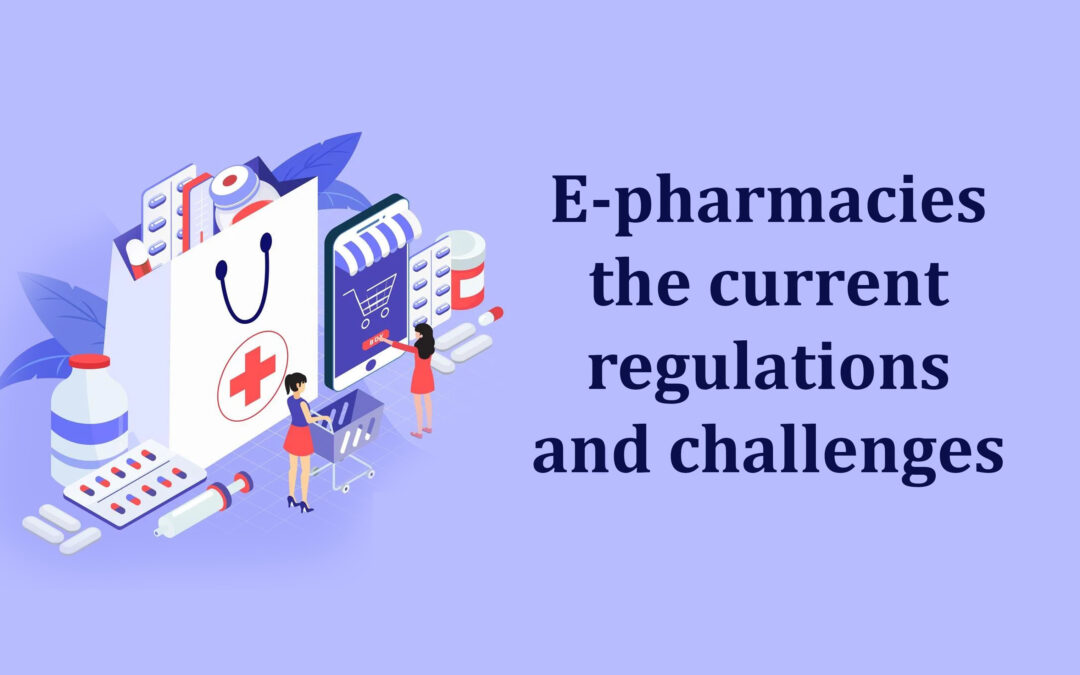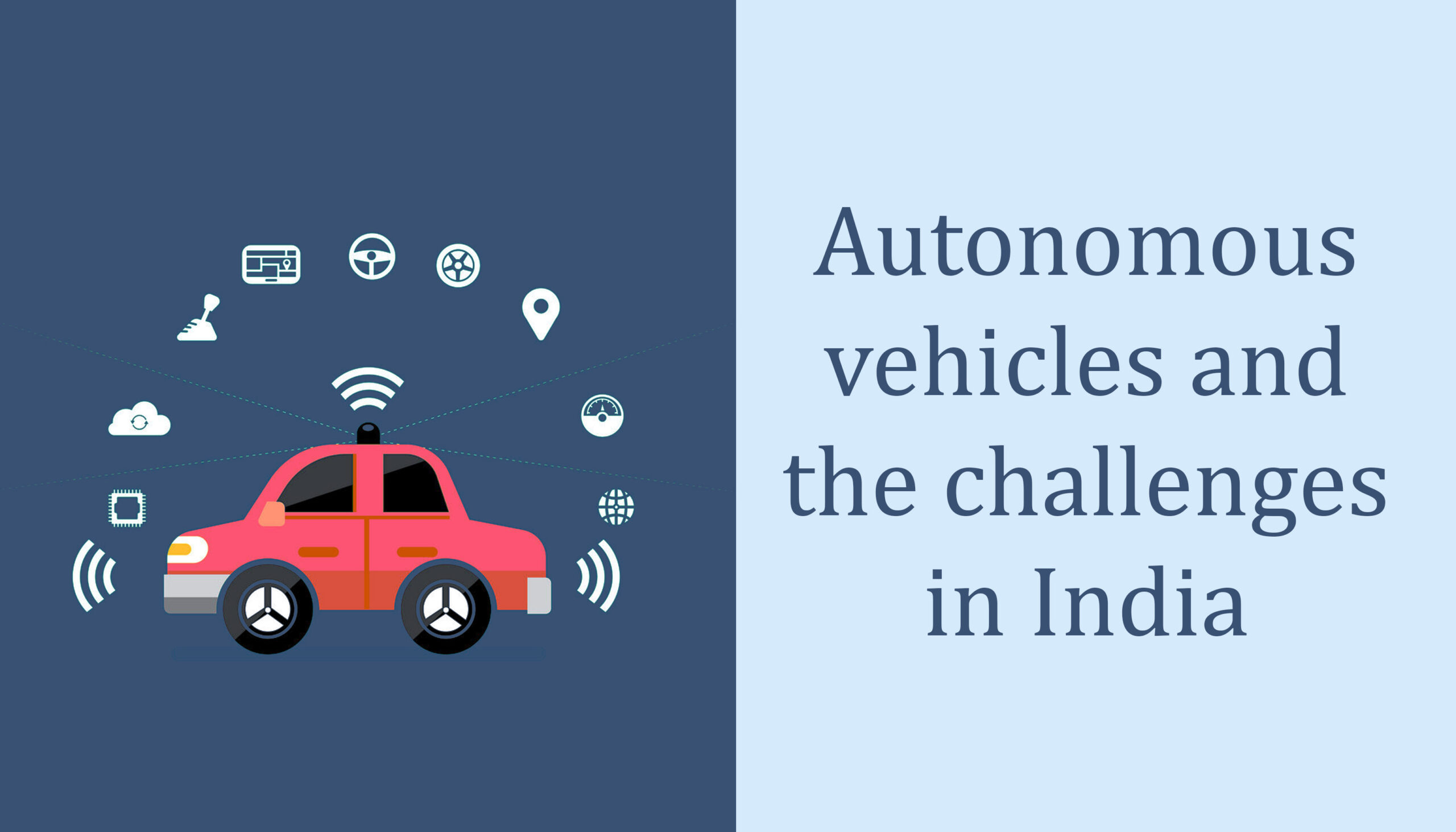E-pharmacies have acted as a savior for all in these uncertain times. They have not only been prompt in delivering medicines but also offered a competitive pricing structure. The e-pharmacy market in India is estimated to grow at a CAGR of 63% to reach US$ 3,657 million (Rs. 25,000 Crores) as per Frost and Sullivan Report. This gives us a firm reason to believe that investors are eying this sector as an opportunity.
However, the fact remains that there is no proper regulatory regime to guide or control the working of these e-pharmacies. In our attempt to find the actual laws governing e-pharmacies we found that there is a lot of uncertainty that looms over the sector. We have tried to trace out the major legislations involved. In this blog we will be discussing about the various models in which e-pharmacies operate in India, the main challenges and the laws which govern the sector.
What does an e-pharmacy mean?
The definition of e-pharmacy is nowhere available in the existing law. E-pharmacies work on various business models which are not formally defined in law. In contrast to the traditional brick and mortar pharmacy models wherein inventories are maintained in one place and medicines can be procured by display of prescription over the counter, an e-pharmacy follows an entirely different model.
Following are the models followed by e-pharmacies:
Inventory based model:
In this model an e-pharmacy possesses the stock of medications/drugs that are put away in stockrooms/warehouse across several locations. Herein, upon receiving an order via a mobile application or website, the medicines are delivered from the stockroom of the e-pharmacy to the doorstep of the consumer.
Franchisee-led Model:
This model is a traditional pharmacy with franchisees spread across various locations. In this model the franchisee provides the option to customers to buy drugs through the franchisee’s website and mobile application.
Marketplace Model:
In this model an E-pharmacy performs the function of an aggregator or intermediary. The e-pharmacy acts as a facilitator between the buyer and the seller and no stock is maintained by the e-pharmacy.
Challenges in the Operation of e-pharmacies
Looking at the flipside of the most convenient system of procuring medicine is also important. Following are the main challenges that regulators and customers may face:
-
Use of forged prescriptions to procure drugs and no mechanism to verify e-prescriptions.
-
No mechanism to protect personal and sensitive information of patients pertaining to their health conditions.
-
Storage and transport of drugs which are sensitive to temperature is not proper at times.
-
Registration of pharmacists and inspection of stocks becomes difficult.
-
Sale of prohibited drugs can also happen at rampant.
Current Laws Governing e-pharmacies
There are various laws applicable to e-pharmacies. The lack of a dedicated legislation gives rise to the ambiguity. We will be looking at the various laws which govern the working of e-pharmacies in India.
Drugs and Cosmetics Act, 1940
The Drugs and Cosmetics Act, 1940 regulates the sale of drugs when it comes to traditional pharmacies. It mandates that all entities pursuing a business which deals with drugs/medicines/cosmetics must obtain a license. A retail drug license is granted to run a chemist shop and is issued to people holding a degree or diploma in pharmacy from a recognized university.
Drugs and Cosmetics Rules, 1945
The requirements relating to grant of license to pharmacies are mentioned in detail in the Drugs and Cosmetics Rules. The specifics of premises in which sale of medicines will take place is also mentioned. The word “Pharmacy” here has been defined to mean a place where drugs are dispensed, and prescriptions are compounded. But it is quite evident that the definition of common brick and mortar pharmacy will not hold much significance when defining an e-pharmacy.
Pharmacy Act, 1948
This Act sets out the requirement for registration for a pharmacist to carry on the profession of pharmacy and the registration shall be made in the state in which he or she is carrying on his profession. Thus, in an inventory-based business model it is ideal for e-pharmacies to register themselves.
Information and Technology Act, 2000
The Information and Technology Act, 2000 will also apply to e-pharmacies. In the business model where an e-pharmacy is acting as an intermediary the Information Technology (Intermediary Guidelines and Digital Media Ethics Code) Rules, 2021 will be applicable.
Closing Remarks
As noted above the regulatory regime governing e-pharmacies contain critical aspects like state registration of pharmacists, but is it feasible for an e-pharmacy having operations across all the states to go through the registration mechanism state-wise? Though pharmacy is defined under the Drugs and Cosmetics Rule, the same will hold no value to define the working of e-pharmacies. Thus, a shroud of cloud looms over e-pharmacies. Clarity on the laws of e-pharmacy is expected when the Draft e-pharmacy rules are brought into effect.
In the next blog we will be discussing about the highlights of the draft rules, how it will affect the e-pharmacy sector and the way forward.
In the meantime, if you have any query regarding the regulations or compliances applicable to your sector, get in touch with us or view our regulatory updates.
Written by: Amala Halder
Disclaimer
All material included in this blog is for informational purposes only and does not purport to be or constitute legal or other advice. This blog should not be used as a substitute for specific legal advice. Professional legal advice should be obtained before taking or refraining from an action as a result of the contents of this blog. We exclude any liability (including without limitation that for negligence or for any damages of any kind) for the content of this blog. The views and opinions expressed in this blog are those of the author/(s) alone and do not necessarily reflect the official position of Lexplosion Solutions. We make no representations, warranties or undertakings about any of the information, content or materials provided in this blog (including, without limitation, any as to quality, accuracy, completeness or reliability). All the contents of this blog, including the design, text, graphics, their selection and arrangement are the intellectual property of Lexplosion Solutions Private Limited and/or its licensors.
ALL RIGHTS RESERVED, and all moral rights are asserted and reserved.





